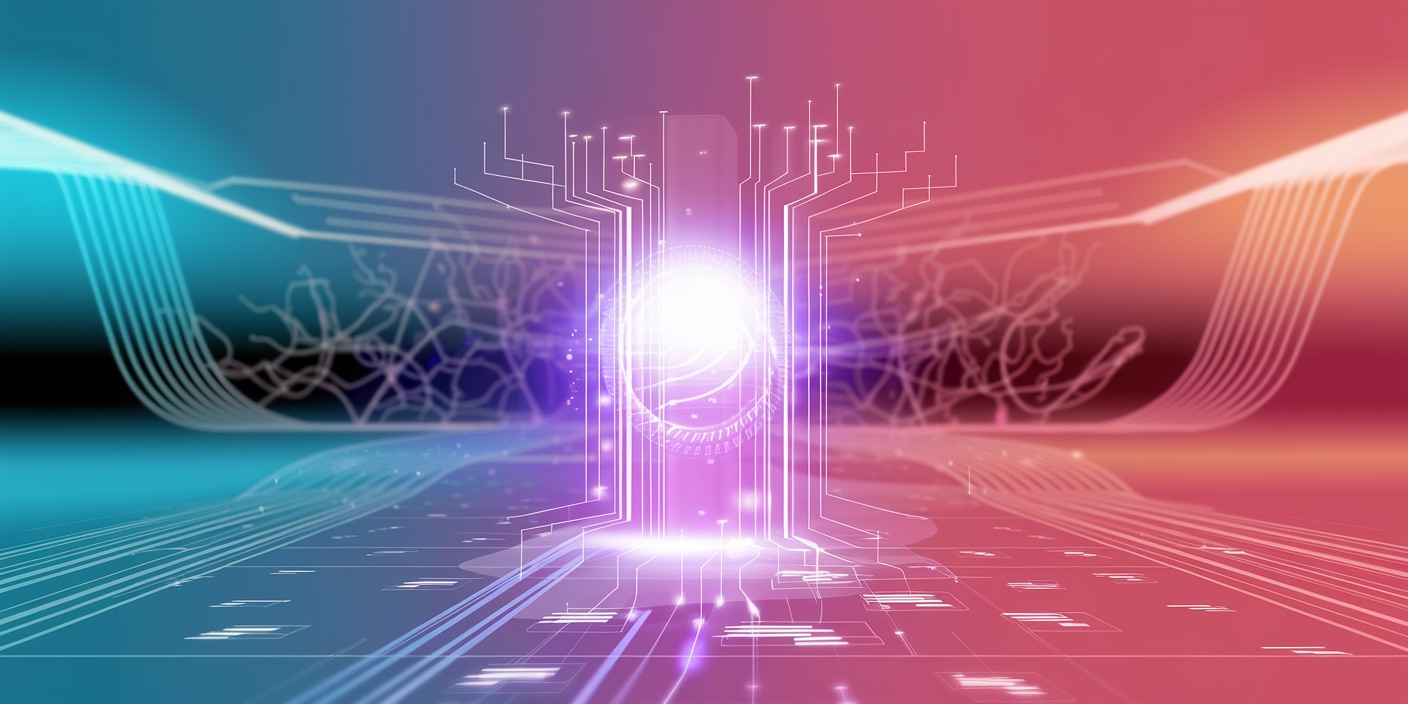Imagine preparing for an important meeting. Instead of scrambling to find relevant documents, flipping through notes, or Googling answers on the spot, you walk into the room with everything you need already organized in your mind. You’re ready—no delays, no distractions, just instant clarity and focus. This is the power of Cache-Augmented Generation (CAG) compared to the current Retrieval-Augmented Generation (RAG) systems used in AI.
Where RAG operates like someone constantly running to fetch a book from the library mid-conversation, CAG transforms your AI into a seasoned expert who’s already reviewed all the material beforehand. The result? Faster, more accurate, and secure responses without the extra noise of real-time lookups.
CAG represents not just an optimization—it’s a new way of thinking about how AI integrates knowledge, making it leaner, smarter, and more efficient.
What’s Holding RAG Back?
RAG, which has driven many of today’s AI systems, fetches relevant data dynamically during a query. It’s like ordering pizza while you’re hungry—convenient, but it takes time, the delivery might get delayed, and there’s always the risk they bring the wrong toppings.
Key issues with RAG include:
- Slowness: Retrieving information in real-time introduces unnecessary latency, frustrating users and limiting performance.
- Errors in Selection: RAG sometimes fetches irrelevant or incomplete data, degrading response quality.
- System Complexity: Combining retrievers, rankers, and generators into one system creates complexity, increasing development and maintenance costs.
- Privacy Concerns: Embedding sensitive data into vector spaces raises security issues, especially for industries like healthcare or finance.
RAG gets the job done, but it’s an inherently noisy and error-prone system, a compromise rather than a perfect solution.
The Radical Simplicity of Cache-Augmented Generation
CAG removes the middleman. Instead of fetching knowledge in real-time, it preloads all relevant data into the AI’s context during preprocessing. Think of it as having a pre-packed suitcase with everything you need for your trip, so you’re ready to go without last-minute packing.
How It Works
- Preloading Knowledge: All the necessary documents are ingested into the AI during a preparation phase. The model creates a key-value (KV) cache, storing the data as an internal, optimized representation.
- Instant Query Resolution: During runtime, the AI draws directly from this cache, generating responses without the need for retrieval or ranking.
- Efficient Updates: When knowledge changes, the cache is updated or reset, ensuring accuracy while maintaining the system’s efficiency.
Why CAG Can Be a Game-Changer
1. Blazing Fast Responses
With all the knowledge preloaded, CAG eliminates the delays associated with retrieval pipelines. In performance tests, it outpaced RAG by up to 10x, especially for tasks requiring extensive context.
2. Robust Security
By avoiding external vector embeddings or storage, CAG keeps sensitive data safe, making it an ideal choice for privacy-critical applications.
3. Reduced Complexity
Say goodbye to retrievers, rankers, and real-time vector stores. CAG’s simplified architecture cuts down on system overhead and makes deployment easier.
4. Unified Context
Because all relevant documents are preloaded, the AI processes them holistically. This ensures richer, more accurate responses that draw from a complete understanding of the data.
The Challenges: Not All Sunshine and Rainbows
CAG isn’t a one-size-fits-all solution. Here’s where it gets tricky:
- Context Length Limits: The model can only preload as much knowledge as fits within its context window. Even with cutting-edge LLMs offering multi-million token limits, this is a finite resource.
- Dynamic Data Updates: For applications where knowledge changes frequently, managing and updating the cache can become a complex task.
- Limited Accessibility: Major LLM providers like OpenAI and Microsoft don’t allow direct access to internal key-value weights. As a result, CAG is most feasible for self-hosted, open-source models, which limits its adoption for enterprises dependent on proprietary APIs.
RAG vs. CAG: The Right Tool for the Job
While CAG shines in environments with well-defined, stable knowledge bases—like company manuals, product guides, or curated datasets—RAG remains better suited for scenarios where the knowledge base is vast, dynamic, or frequently updated.
Looking ahead, hybrid approaches could combine the efficiency of CAG with the flexibility of RAG, creating systems that preload core knowledge while retrieving niche or edge-case data as needed.
A Vision for the Future
CAG isn’t just a new tool; it’s a bold vision for making AI leaner and smarter. It’s an answer to the inefficiencies that have plagued AI systems for years. By preloading knowledge into the AI’s context and removing real-time retrieval, CAG represents a step forward toward faster, simpler, and more secure AI systems.
But let’s be clear: this is only the beginning. As open-source LLMs evolve and context limits expand, the potential applications for CAG will only grow, reshaping everything from enterprise workflows to real-time customer support.
Call to Action: What Can You Do?
- Experiment with Open-Source Models: Explore CAG on self-hosted models like LLaMA or Falcon, where you control the weights and can implement key-value caching.
- Think Strategically About Knowledge Integration: For tasks with well-defined knowledge bases, consider shifting from retrieval-based to cache-based systems.
- Advocate for Transparency: Push leading AI providers to open up access to KV structures, enabling broader adoption of CAG.
The future of AI isn’t about fetching answers—it’s about already having them ready. It’s time to stop chasing knowledge and start harnessing it. Let’s make CAG the cornerstone of a faster, smarter AI revolution.
Sources:
